Have you moved recently? If so, you might've had to move your refrigerator as well. If you had to move your fridge, that means you'll need to set it up again in your new house, but how? You might be wondering how long you need to let your fridge sit after moving, and that's where we come in. We've done all the research for you and put it in one place!
So how long should you let your refrigerator sit after moving it? In general, you should let a fridge sit without being plugged in for at least 24 hours after unplugging it. You should wait even longer, between 36 to 48 hours, if you laid your fridge down flat to move it. This time period allows the coolant in the fridge to readjust to allow for adequate cooling.
Keep reading below for more information on refrigerators and how they work.

Why Do You Let A Fridge Settle?
If your fridge was horizontal at any point while moving it, then you have to let it sit upright for at least 24 hours. If you don't, you risk damaging your appliance.
Refrigerators contain compressors that have oil to help lubricate different components of the appliance. This compressor oil protects all the working parts to ensure they don't break down with constant use.
Maintaining the constant cooling and/or freezing temperatures of the appliance puts immense pressure on the compressors. Keeping a steady oil level in your unit's compressor can help minimize wear and tear on the appliance.
New refrigerators experience a lot of moving and jostling during their transport from factory or store to your home kitchen. They travel over rocky roads, up and down stairs, and tilt in different directions in the delivery trucks. All of those actions can destabilize the oils in your appliance and cause a blockage if you don't ensure they stabilize before using.
How Long Does It Take For A Fridge To Get Cold?
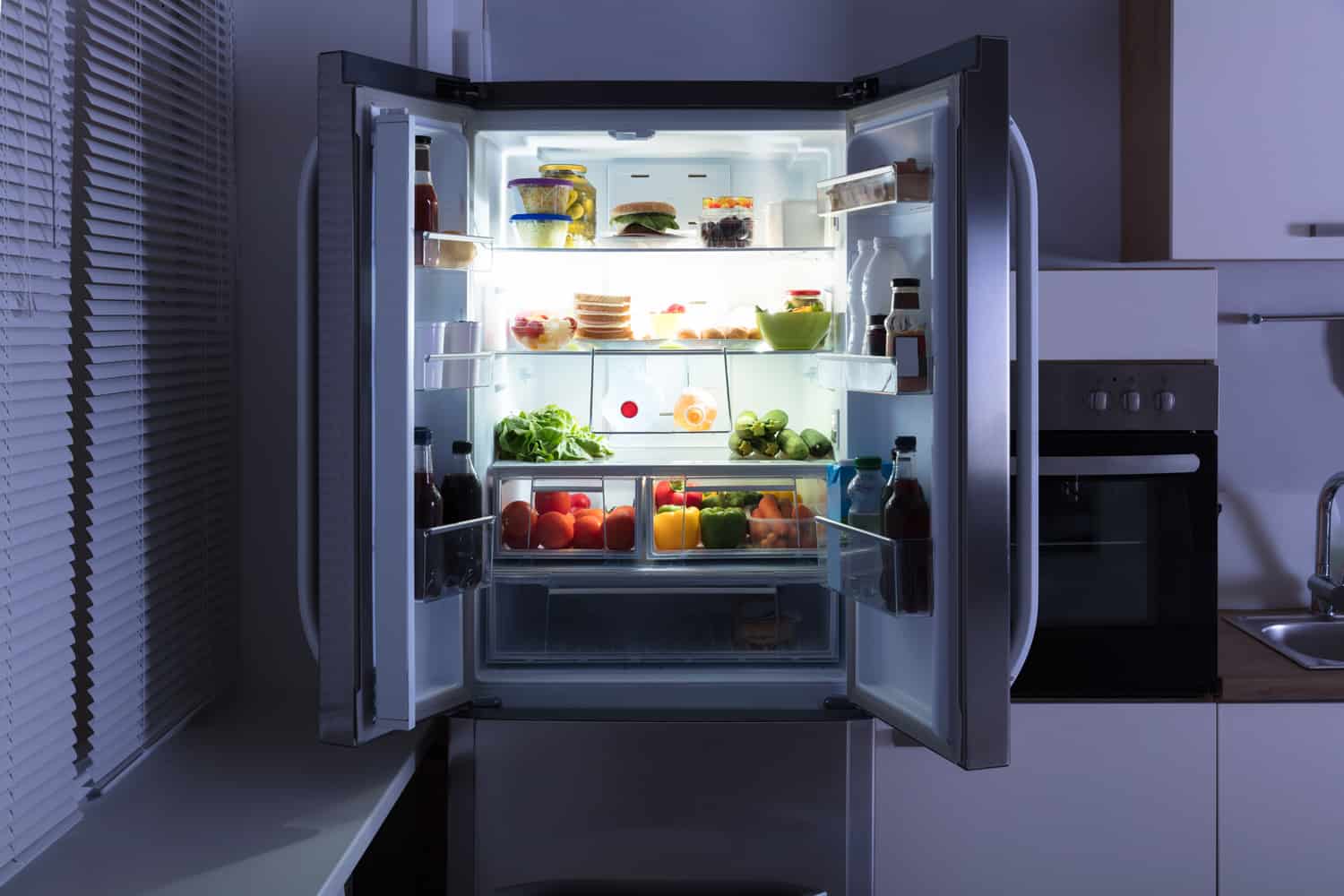
The rate at which a fridge gets cold depends on a few factors, like the design of the appliance and how full it is. At first, it will be the coldest at the bottom and warmer on the top. That is because cold air sinks while warm air is pulled up to the top. For the refrigerator to get cold enough to keep food cold, it has to be able to draw heat from the food stored inside.
Different brands have different cooling capabilities, but the variation would only be a few minutes. Normally a refrigerator takes a minimum of three hours to get to the set temperature and at the longest 24 hours.
The correct temperature to store food items or groceries is that the bottom drawers should reach 40 degrees, and the freezer must be 5 degrees. You must wait until your fridge reaches these temperatures before storing food in it.
Why Is My Fridge Not Cooling?
If your fridge hasn't reached 40 degrees by 24 hours, then it might be time to look into why. The most likely reason for a refrigerator not getting cold could be a lack of electricity. If your appliance isn't getting enough power, the components won't work correctly, leading to a warm fridge and spoiled food.
Other reasons for a warmer fridge include dysfunctional fans and coils. Make sure to check if the coils are clogged and to clean the fan blades if they are dirty. We recommend always reading the instruction manual first if anything goes wrong.
How Long Should Refrigerators Last?

Refrigerators last 12 years on average, after that point in time, they will most likely need to be replaced, according to the United States Department of Energy. If your refrigerator doesn't process energy efficiently, then you might want to consider replacing it before it stops working to avoid sky-high power bills.
Signs Your Fridge May Be Dying
The best thing to do with any appliance to avoid problems is to try to stay ahead of it. If you notice any of the problems listed below, you should consider calling a professional and getting it repaired.
The Outside Is Getting Hot
No appliance in your kitchen should ever be hot to the touch unless you're cooking on it. If your fridge suddenly starts feeling hot or even warm on the outside, then it could be a sign that the motor is failing or the coils have a blockage.
Food Is Spoiling Quickly
If your fridge suddenly has food going bad in it at a faster rate than normal, it may be time to look into a new appliance. The US Department of Health and Human Services has a food storage chart that shows how long you should safely keep foods in your refrigerator or freezer.
Motor Constantly Running
A refrigerator's motor is designed to only run periodically to maintain the inside's temperature. If you notice the motor suddenly running constantly and loudly then you might need to call someone to assess the situation.
Condensation
Your fridge is made up of about five different components to all work together to maintain the temperature your appliance is set to. If one or more of those units stop working, then it could lead to condensation forming on the outside of your refrigerator.
Soaring Bills
If you've noticed your utility bills getting higher, then it might be wise to check if your refrigerator is running at its best. You may need to call a repair person or invest in a new unit.
Overall, if the cost to repair your unit is more than half the price of buying a new unit, then it's suggested to just buy a new one, according to Consumer Reports.
What Can I do With My Old Refrigerator?
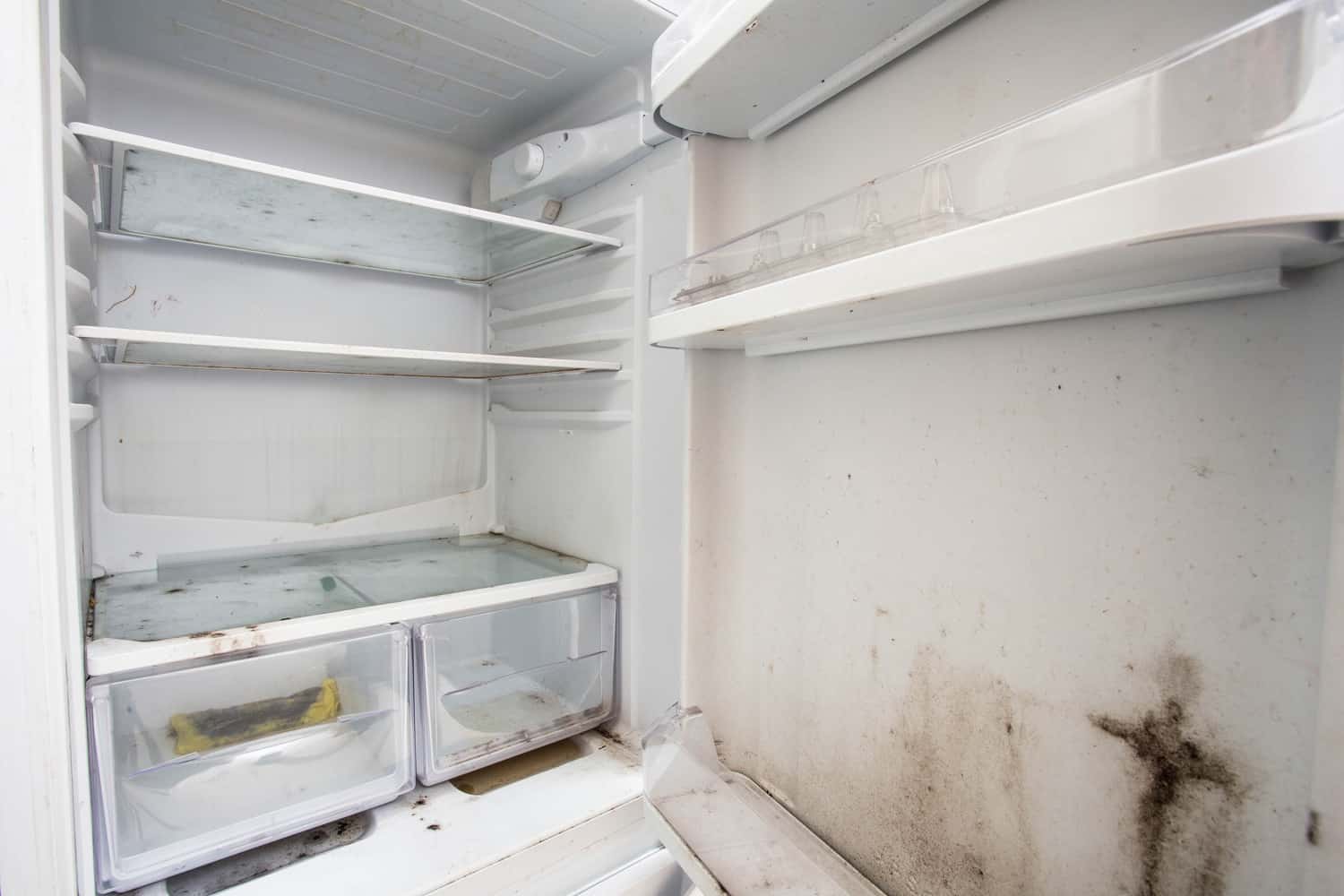
Moving a refrigerator is no easy task and especially not for one person. It's an incredibly heavy appliance and is awkward to move around. To make matters worse, even if you do manage to get it down to the curb, most garbage disposal services in the US won't pick up an old fridge. Due to that fact, getting rid of an unwanted or broken refrigerator can seem impossible. Below are some simple ways to get rid of your fridge:
Trade-Ins
Before you put in the money to buy a new refrigerator, be sure to ask your seller if they can take away your old one as part of your agreement or deal. Some retailers even offer trade-in programs, however, most require your fridge to still be in good working condition.
Recycle
If your fridge is eligible, you may be able to have it recycled. Be sure to get in touch with your local utilities and environmental organizations. Recycling your old fridge has many advantages to the environment! It helps reduce greenhouse gases, limits ozone damage, and is also a great way to cut back on landfill waste.
Donate
Some charities accept donations of old refrigerators as long as they are in good working condition. Check your local charities to see if they will take yours. You will typically have to haul the fridge to the donation center on your own.
Junk Removal Services
If you have the money you can always call a junk removal service to pick up and haul the fridge away for you. However, the time and energy you save are well worth the fee they charge.
In Conclusion
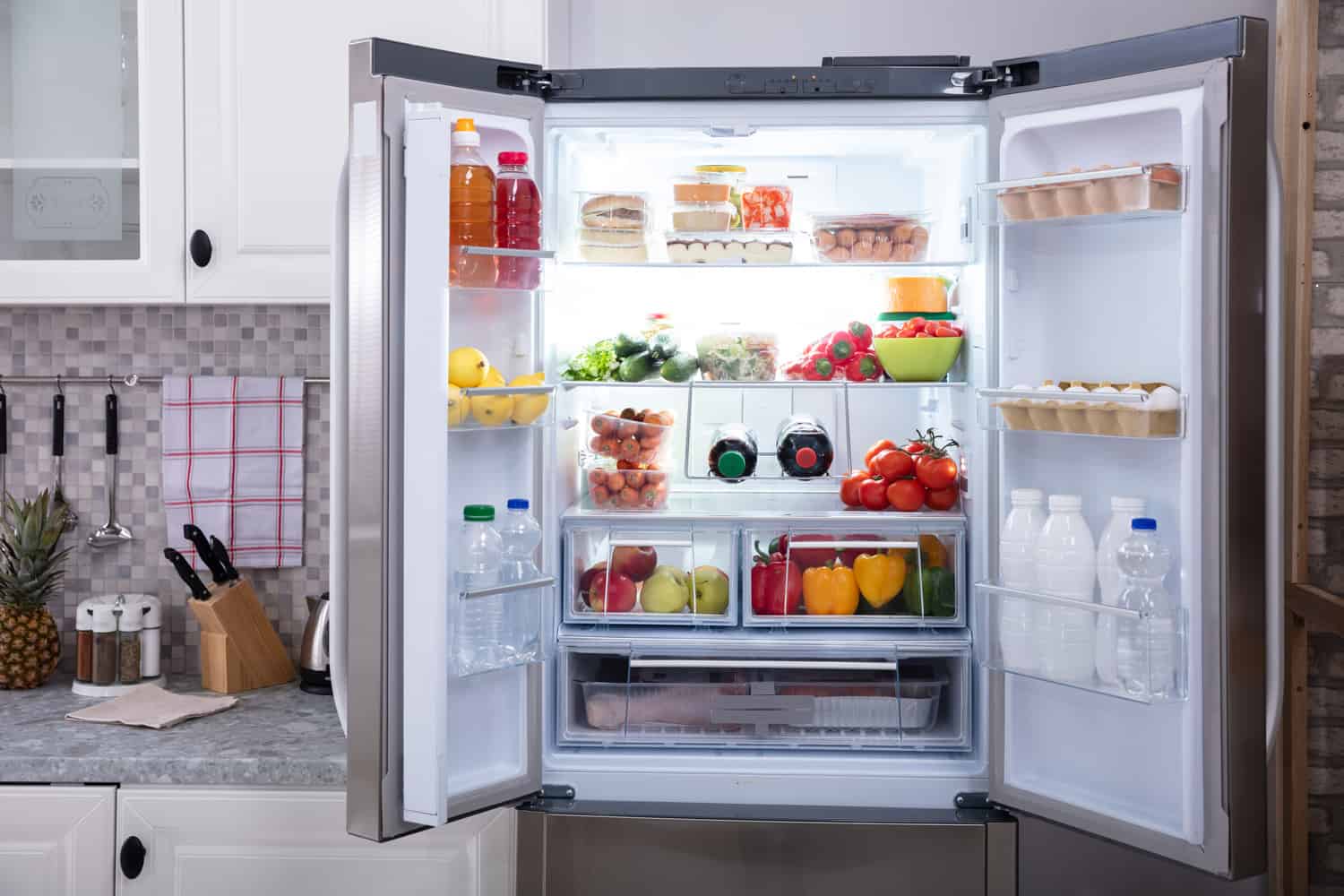
Whether you've just bought a new refrigerator or are getting rid of one, we hope this article has answered your most asked questions about them. Read below for more articles regarding refrigerators!
Can A Refrigerator Filter Well Water?
How To Quiet A Noisy Refrigerator Compressor [8 Different Ideas]

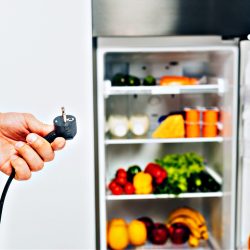



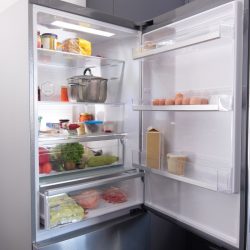

While moving a fridge, you might want to make sure the discharge line is upright. The smallest tube that is attached to the compressor is this discharge line. It may take up to 24 hours for the compressor oil to settle if it reaches this line.
Samsung states if a fridge was transported upright, give it at least an hour before you plug it in.
If it was transported on its side, turn it the right way up and leave it for at least four hours.
How much extra benefit (perhaps in extra years of life) is there from your advice of ‘at least 24 hours after unplugging it. You should wait even longer, between 36 to 48 hours, if you laid your fridge down flat to move it’. Is there any evidence for your advice…..
SLR. Waiting the recommended time after moving a fridge directly impacts its long-term functionality and efficiency. Turning it on too soon, especially if laid flat, risks compressor oil entering the refrigeration system, leading to potential blockages and reduced efficiency. The downtime lets the coolant readjust and the compressor oil settles, averting damage and malfunctions. While it’s challenging to quantify the exact “extra years of life” this advice provides, following these guidelines certainly enhances the fridge’s longevity and performance.